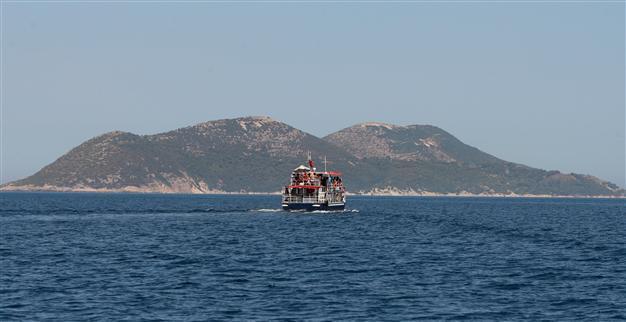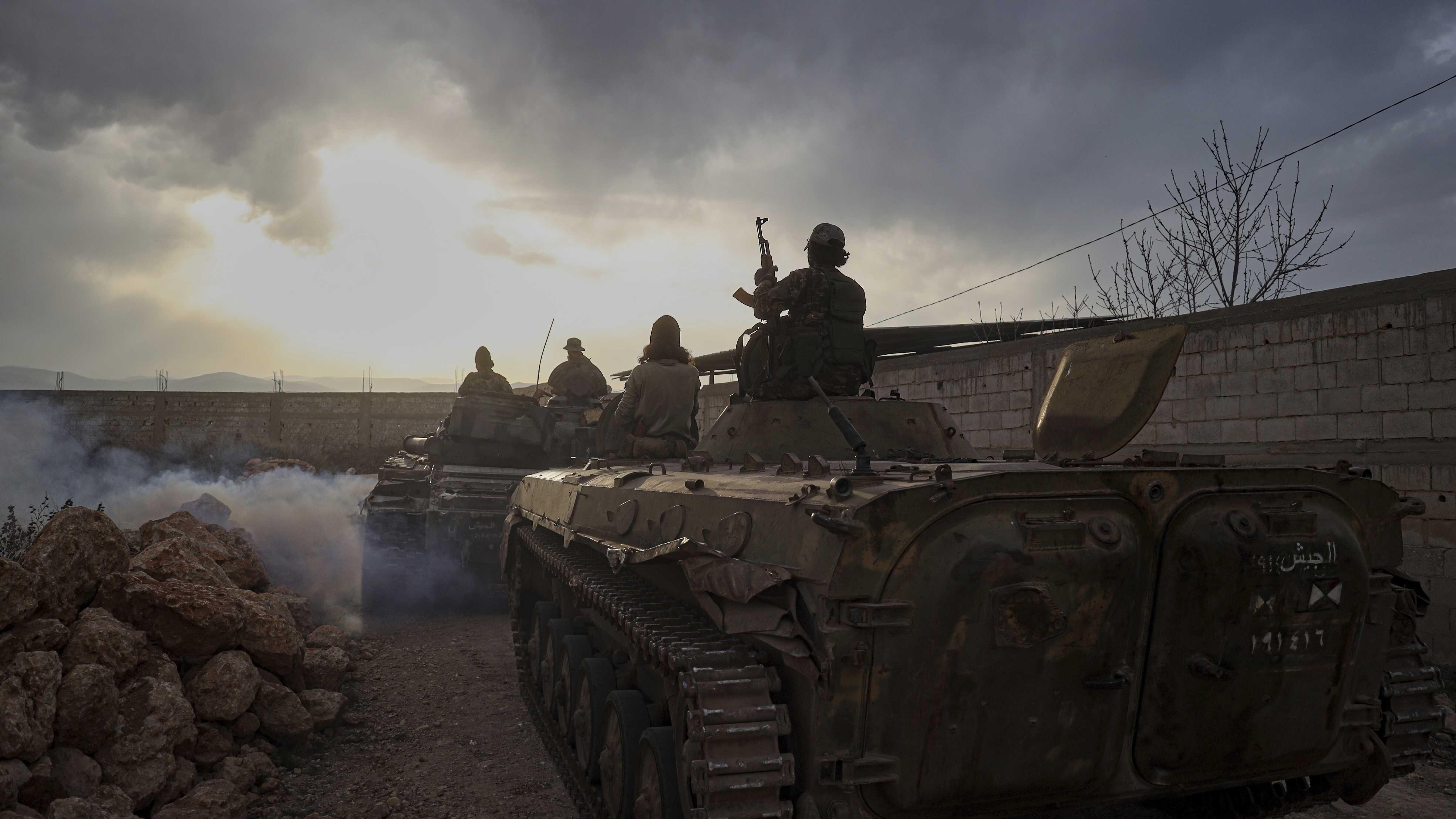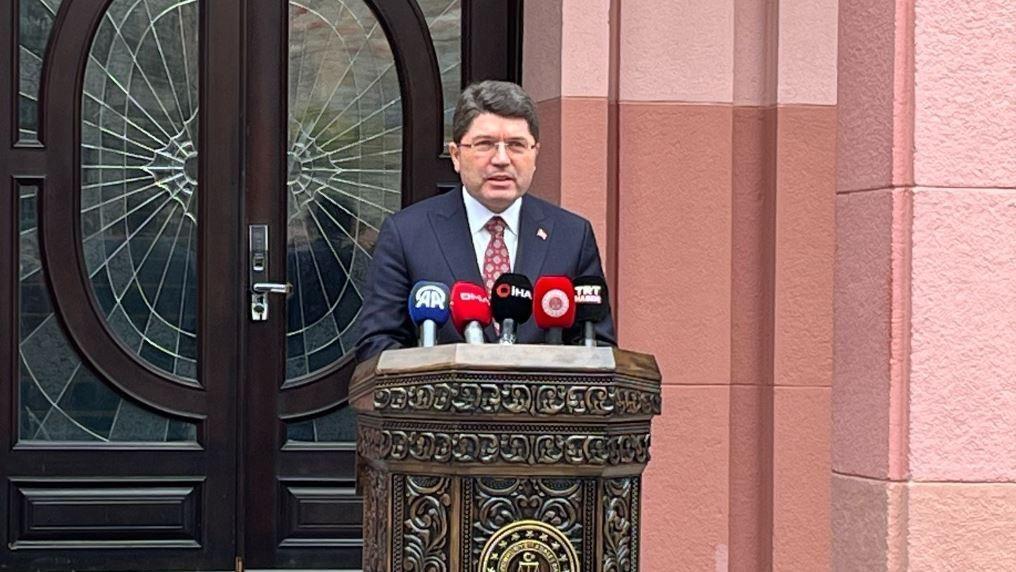Derelict Albanian military island opens up to tourists
SAZAN, Albania - Agence France-Presse

A tourist boat heads to the island of Sazan, some 140 km southwest of Albania's capital Tirana, on July 31, 2015. AFP Photo
Former communist Albania's most secretive military base, the strategic Sazan island on the Adriatic Sea, has opened its derelict bunkers and tunnels, hoping to turn it into a top tourist draw.Situated at the entrance of Vlora bay in southwestern Albania and at a strategic point on the Otranto canal that separates the Adriatic and Ionian seas, the tiny island of only a dozen square kilometres (4.5 square miles) was through centuries coveted by various armies: Roman, Ottoman, Greek, Italian and even German.
At the end of World War II, it fell under the control of Albanian communist leader Enver Hoxha, who in the 1950s opened it to Soviet allies eager to survey the entire Mediterranean from there.
"We only thought about the war, 24 out of 24 hours. The psychological pressure was enormous," recalls 61-year old Mihal Lule, who for 17 years lived on the small mountainous isle during the 1945-1990 communist dictatorship.
"From there I could control the Mediterranean to Gibraltar," the Cold War era Soviet leader Nikita Khrushchev famously said in 1958 during a visit to the Pashaliman submarine base, also in Vlora Bay, where he hoped to install long-range missiles and warships.
Three years later, a break up with Moscow ended this project but only to be reopened for a new alliance with China that lasted for years.
The bunkers and tunnels were designed to withstand a nuclear attack, a testament of the communist regime's fear of a western invasion.
"Life on the island was more joyful with Russians and their vodka. The Chinese were more ascetic, but after their departure the loneliness was stifling under the communist regime," Lule said.
Under the rubble of his former apartment, he found a booklet he had received with a military decoration years ago.
Its blue cover was marked with a two-headed eagle and red star, symbols of the former Socialist People's Republic of Albania.
Sazan is dotted with more than 3,600 bunkers and kilometres of tunnels and underground facilities, including a cinema hall, a school and a hospital.
Living in fear from an outside aggression that has never happened, Hoxha had ordered the construction of more than 700,000 bunkers across the Balkans nation.
Seventy-year-old Astrit Sliaj came to Sazan with his daughter to show her the place where he had spent a part of his life along with some 2,000 fellow soldiers.
"The Soviet bloc but also American imperialism and its allies were seen as the aggressors," he told her.
Fearing a danger from the NATO military alliance for decades, Albania eventually joined the bloc in 2009.
A fortified town on the island was ransacked during an army rebellion against the government in 1997, when people looted its military depots.
During recent joint exercises between NATO and Albanian forces, the island was used for bombings which destroyed several buildings, including a villa constructed for the Italian dictator Benito Mussolini in the 1930s during the Italian occupation.
Now, the island -- replete with vegetation and considered one of the most beautiful parts of Albania -- is in a deplorable state.
Many buildings languish roofless while cartridges, ammunition boxes, gas masks and even old furniture and beds lie scattered.
But a major clean-up is on the cards with authorities having decided to transform Sazan into a tourist attraction with help from the French Coastal Conservatory.
The head of the national agency in charge of the coast, Auron Tare, explained that the island would remain a military base, but nevertheless open to visitors.
"It is a huge task but our ambition is strong," he said. Plans include the construction of a museum and a centre for scientific research on maritime life and naval archaeology.
The first tourists have already visited Sazan, which is smothered with pine, oleander and fig trees and ringed by turquoise waters.
"Sazan will offer tourists the mysteries of the communist Albania and the rich historic and cultural heritage of the Mediterranean at the time," Tare said.
















